The director of the Philippine Institute of Volcanology and Seismology (PHIVOLCS), Mr. Teresito Bacolcol, said that 1,583 aftershocks were recorded at 5:00 a.m. on December 4 (local time).
The tsunami warning issued after the 7.6-magnitude earthquake on December 2 has been lifted, but PHIVOLCS still recommends that people should be cautious when returning to their normal lives.
In a statement, PHIVOLCS advised people living in communities at risk of tsunamis to pay attention and follow the instructions of local authorities.
According to the head of PHIVOLCS, the Philippines has 6 trenches and 175 active faults, so there is always the possibility of an incident.
"The Philippines is part of the Pacific Ring of Fire, so there is a possibility that earthquakes, active faults and volcanoes can occur at the same time," Bacolcol said.
Also in the early morning of December 4, the United States Geological Survey (USGS) recorded a magnitude 6.9 earthquake off the southern coast of the Philippines. This is the latest in a series of strong earthquakes that have occurred in this area in recent days. The earthquake had a focal depth of 30 km, occurring in an area 72 km northeast of Hinatuan city on Mindanao island.
"The earthquake was brief, lasting about six seconds, but the shaking was quite strong," AFP news agency quoted an official as saying.
"The night before, everyone was scared. But this morning, because they had experienced a similar earthquake, they calmly left their houses and stayed outdoors for about an hour," he informed.
Thus, the Philippines has had 3 consecutive days of major earthquakes. Specifically, the earthquake on Saturday (December 2) was 7.6 magnitude; the earthquake on Sunday (December 3) was 6.6 magnitude and the earthquake on Monday (December 4) was 6.9 magnitude. It is known that at least 2 people were killed and several others were injured after the earthquake on December 2.
Minh Hoa (reported by Tuoi Tre, Vietnam+)
Source




![[Photo] National Assembly Chairman Tran Thanh Man attends the VinFuture 2025 Award Ceremony](/_next/image?url=https%3A%2F%2Fvphoto.vietnam.vn%2Fthumb%2F1200x675%2Fvietnam%2Fresource%2FIMAGE%2F2025%2F12%2F05%2F1764951162416_2628509768338816493-6995-jpg.webp&w=3840&q=75)

![[Photo] 60th Anniversary of the Founding of the Vietnam Association of Photographic Artists](/_next/image?url=https%3A%2F%2Fvphoto.vietnam.vn%2Fthumb%2F1200x675%2Fvietnam%2Fresource%2FIMAGE%2F2025%2F12%2F05%2F1764935864512_a1-bnd-0841-9740-jpg.webp&w=3840&q=75)

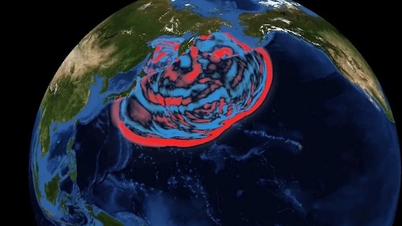

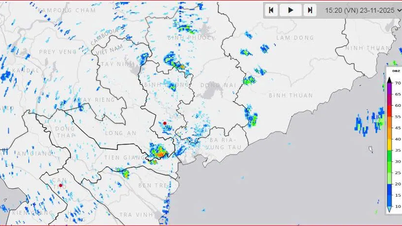



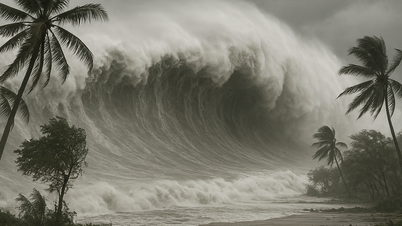
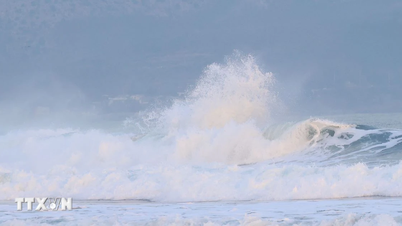

![[VIDEO] Save the Children helps children in Bac Ninh return to life soon after natural disasters](https://vphoto.vietnam.vn/thumb/402x226/vietnam/resource/IMAGE/2025/12/06/1765004276755_cu-u-tro-bn-2-cover20251206131142.jpeg)

















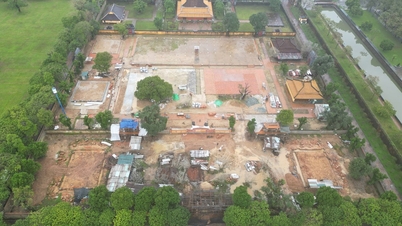














































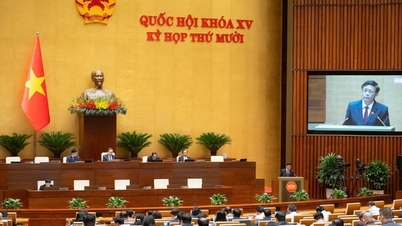

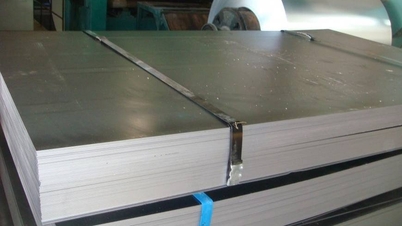






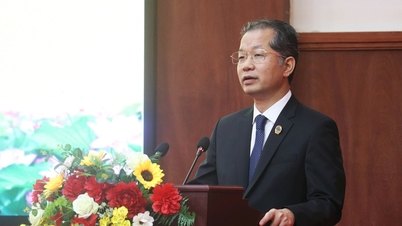




















Comment (0)